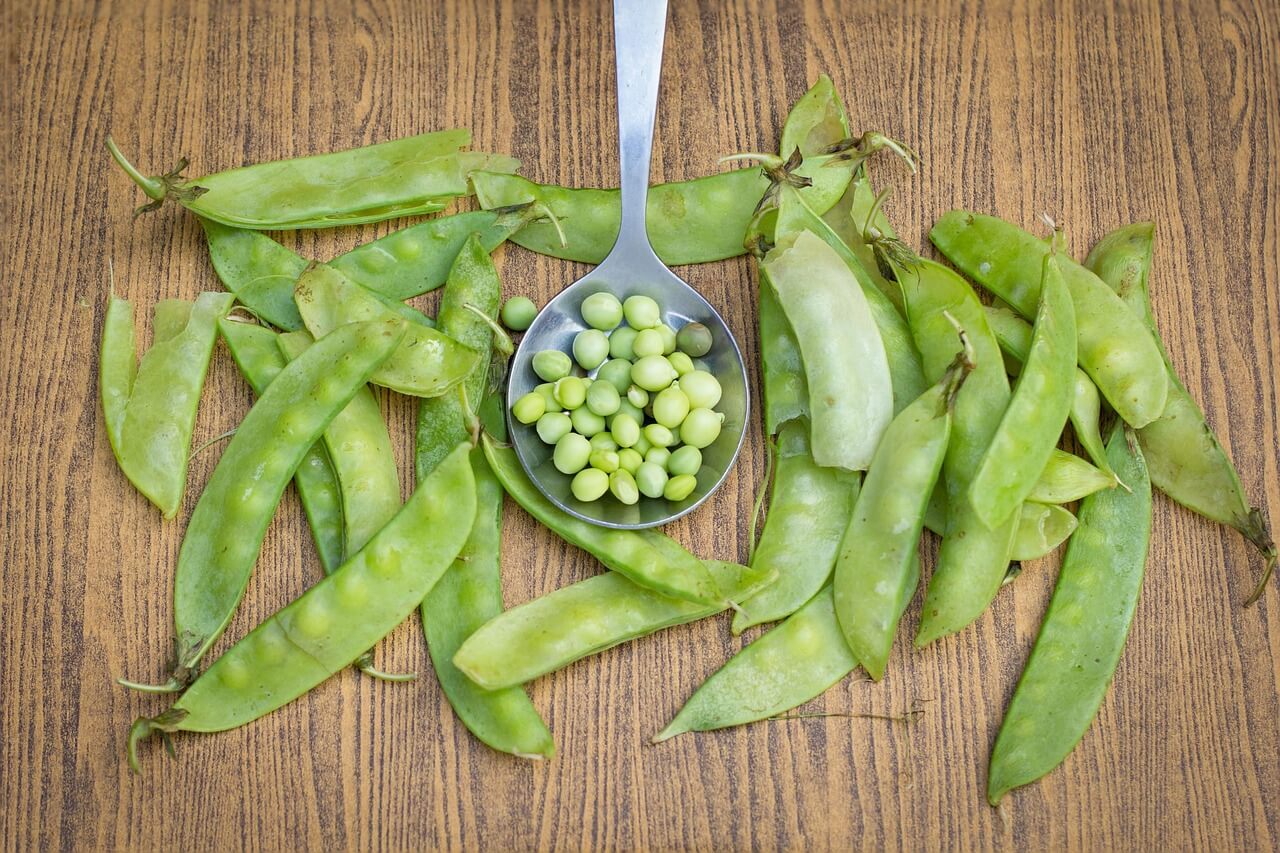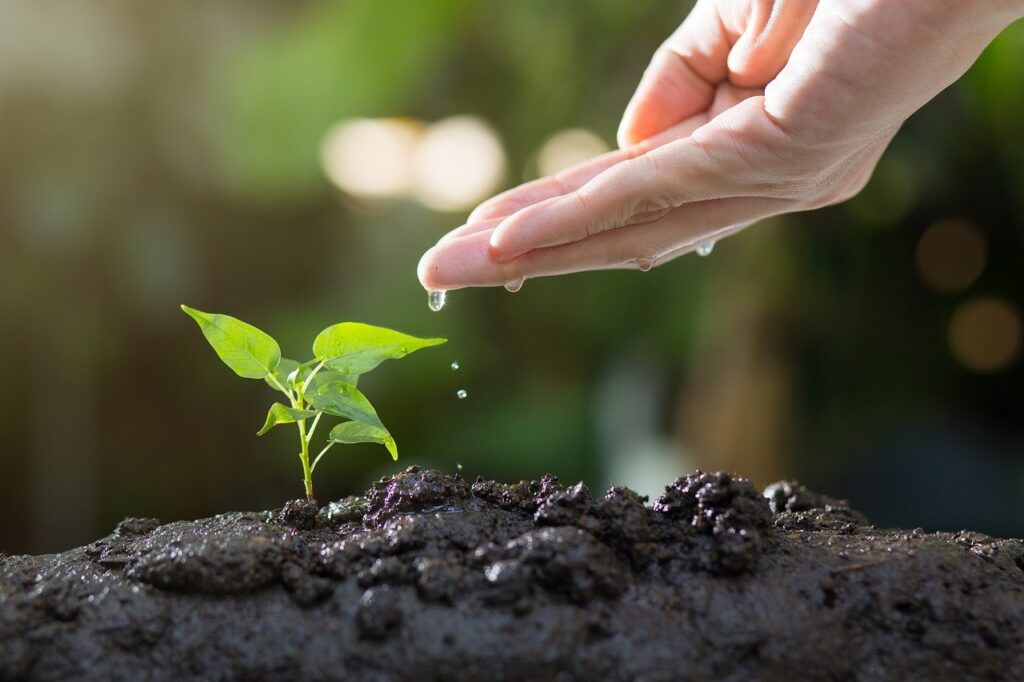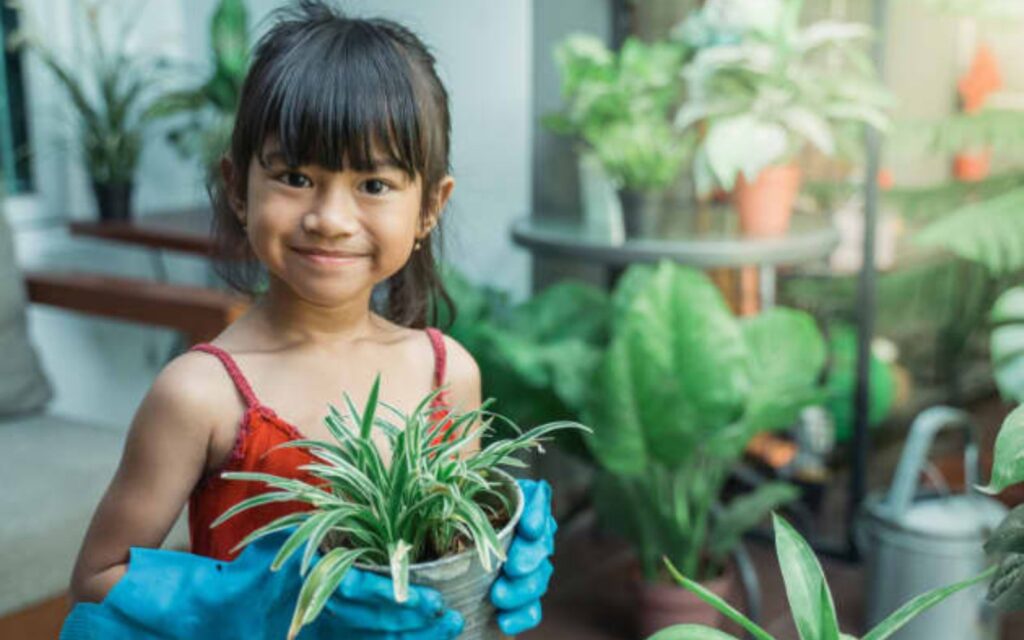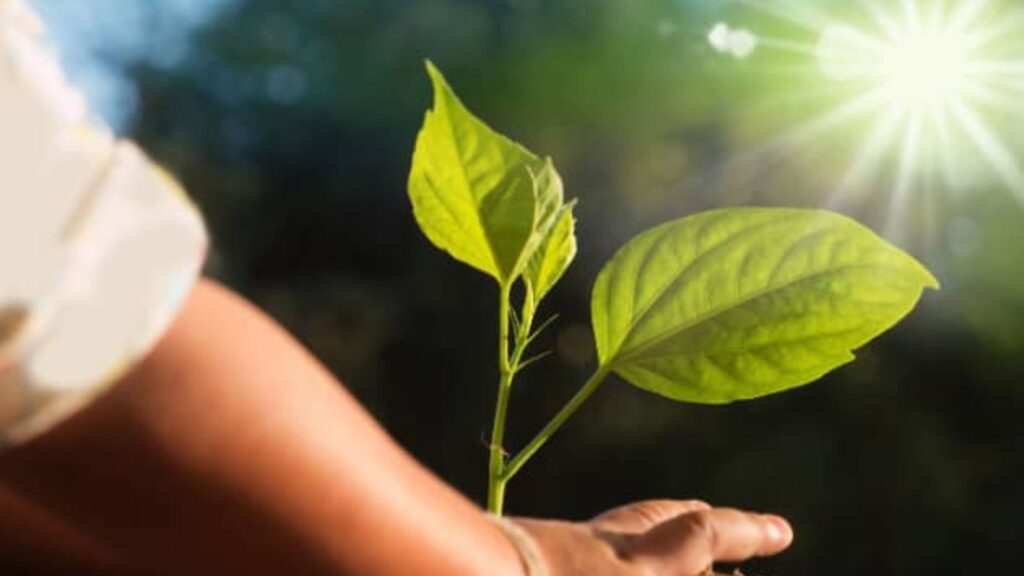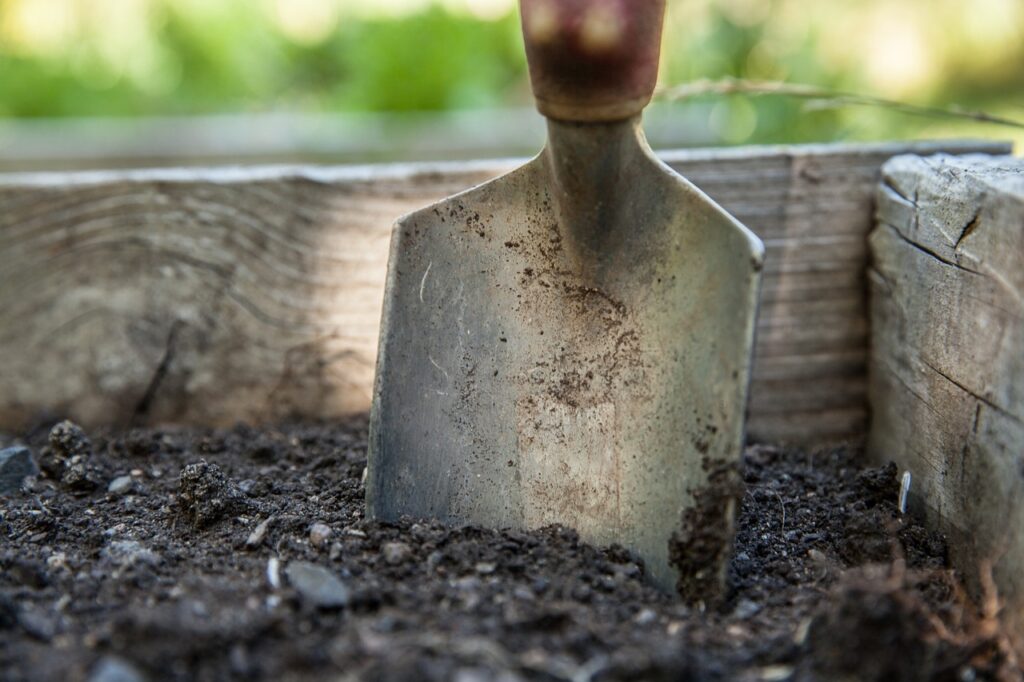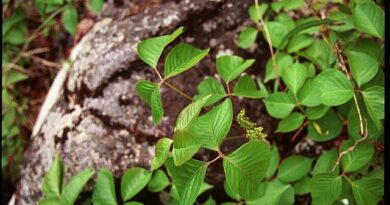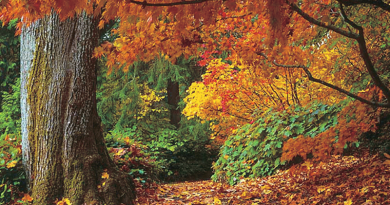Gardening 101: 17 useful terms!
Gardening 101: 17 useful terms
Gardening 101: 17 useful terms

Alkaline
The word alkaline is used to describe the pH balance of soil that is between 7.0 and 14.0. For example, Alberta and Saskatchewan have more alkaline soil, which is commonly referred to as sweet soil by gardeners. To understand pH balance more, try out this worksheet!
Acidic
Acidic is used to describe soil with a pH balance between 0.0 and 7.0. For example, Nova Scotia and Newfoundland and Labrador both have quite acidic soils, which makes it harder to grow things! This soil is referred to by gardeners as sour soil. To learn the difference between alkaline soil and acidic soil, try out this experiment at home!
Aeration
Aeration is the process of moving soil or compost around to allow air to circulate. Aeration allows vital nutrients, water, sunlight and oxygen to sink in and reach the root systems of your plants! Aerating your plants can be as easy as taking a small stick and creating some small holes in the soil surrounding your plant. To learn more about gardening and planting, check out this resource.
Annual
Annuals refer to plants that blooms, creates seeds and does not sprout again in the next year. Some types of annual plants are Marigolds, Petunias and Dahlias. To keep track of what you plant this year, try out this gardening journal. This is a great way to remember your journey and not to forget which annuals you have planted.
Biodegradable
Biodegradable is often used to discuss recycling, but is also extremely important in gardening! Substances made of organic matter, such as plants, bugs and trees, are all biodegradable. For a fun activity, check out this worksheet to see how long it would take for something to decompose in your garden.
Compost
Compost is a completely degraded organic matter that is used to protect and add nutrients to the soil! Some natural composts from your own home are fruit and vegetable peelings and cores, eggshells and coffee grounds! These ingredients form a dark, rich matter that give plants and soil that extra boost. To find out more on how to create your own compost, try out this worksheet!
Fertiliser
Fertiliser is a synthetic or organic compound that you can add to your soil or plants to help them grow big and strong. Unlike compost, you can buy synthetic fertilisers in a store. Organic fertiliser though can be made from compost! To learn more about what plants might need to thrive, check this out!
Frost date
A frost date is the expected last day of the year that frost will be on the ground. Putting plants into ground that is frozen or covered in frost will result in them dying. A cool thing about frost dates is that every province has a different one! For example, the last frost this year in Vancouver was around March 23-30th, whereas in New Brunswick the last frost was around May 11-20th. Maybe if we sing this Frost song, it will melt faster!
Germinate
Germinate in garden speak refers to the beginning of the growth process in plants. This can be spouting, budding, or shooting above the soil after you’ve planted the seeds.. This is the beginning of the life cycle of any plant! You can learn more about the life cycle of plants using this Powerpoint!
Mulch
Mulch is a type of layering in the garden that helps control moisture, and weeds! Mulch can be anything from grass clippings, to wood chips. Lots of people use different types of mulch in the garden to give it an extra pop of colour. Learn more about how to keep your soil healthy for plants with this resource!
Perennial
Perennials refers to plants that flower for multiple years! A lot of times with perennial plants, they will bloom, then die in one year, but come back the very next year! Onions, lavender and mint are all types of perennial plants. To learn more about what types of plants are perennials, check this out!
Transplanting
Transplanting simply describes moving your plant from one place to another! Lots of vegetables and herbs are usually started inside in little pots, and when they get big enough, you can transplant them into your garden outside. The plants you begin inside are usually called starters.
Pruning Shears
Pruning shears are a gardening tool that helps trim and cut down any plants that are too big, or have dead leaves that need to be removed. Pruning is really important for plants as it encourages good growth patterns, as well as air circulation! Here is a pruning shears coloring sheet, so you can create your dream pair!
Trowel
A trowel is a type of garden specific shovel. They are usually light and handheld so you can dig out holes in soil for your plants! Some say that theres no gardening tool more essential than the trusty trowel. What does your dream trowel look like? Test it out here!
Garden Fork
A garden fork is a pretty funny tool, because unlike regular forks, you can’t use this one to eat! (Unless you’re very determined, but I wouldn’t recommend it) A garden fork is use to till soil, and can be used to pick up compost, leaves or mulch. Gardening forks are also better to dig into denser soil than a trowel would be.
Rake
A rake looks much like the gardening fork, but is much bigger! Rakes can be used to move soil, leaves or debris in your garden, and most importantly levelling out soil before you plant in it. Try and keep a journal of the things your rake picks up the the garden for fun!
Wheelbarrow
A wheelbarrow is essentially a big bucket on wheels, with handles! A wheelbarrow is used to move things around, like soil, rocks, compost and more. Not everyone who gardens uses a wheelbarrow, but they are great for moving heavy objects you might not be able to lift for a long time. Use this wheelbarrow colouring sheet and draw in some things you think might be too heavy to lift!
(By Morgan Moakler Jessiman, a queer, disabled writer hailing from St. John’s, Newfoundland. www.twinkl.ca)

Get digging! 10 neat things about planting tools
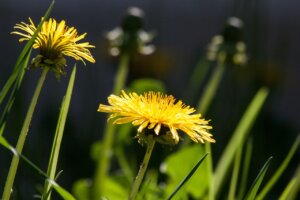
DYC Dazzle: Meet the stars of the yellow composite world
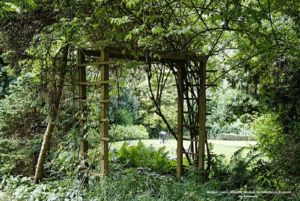
Stakes and trellises deserve praise: 10 Neat Things
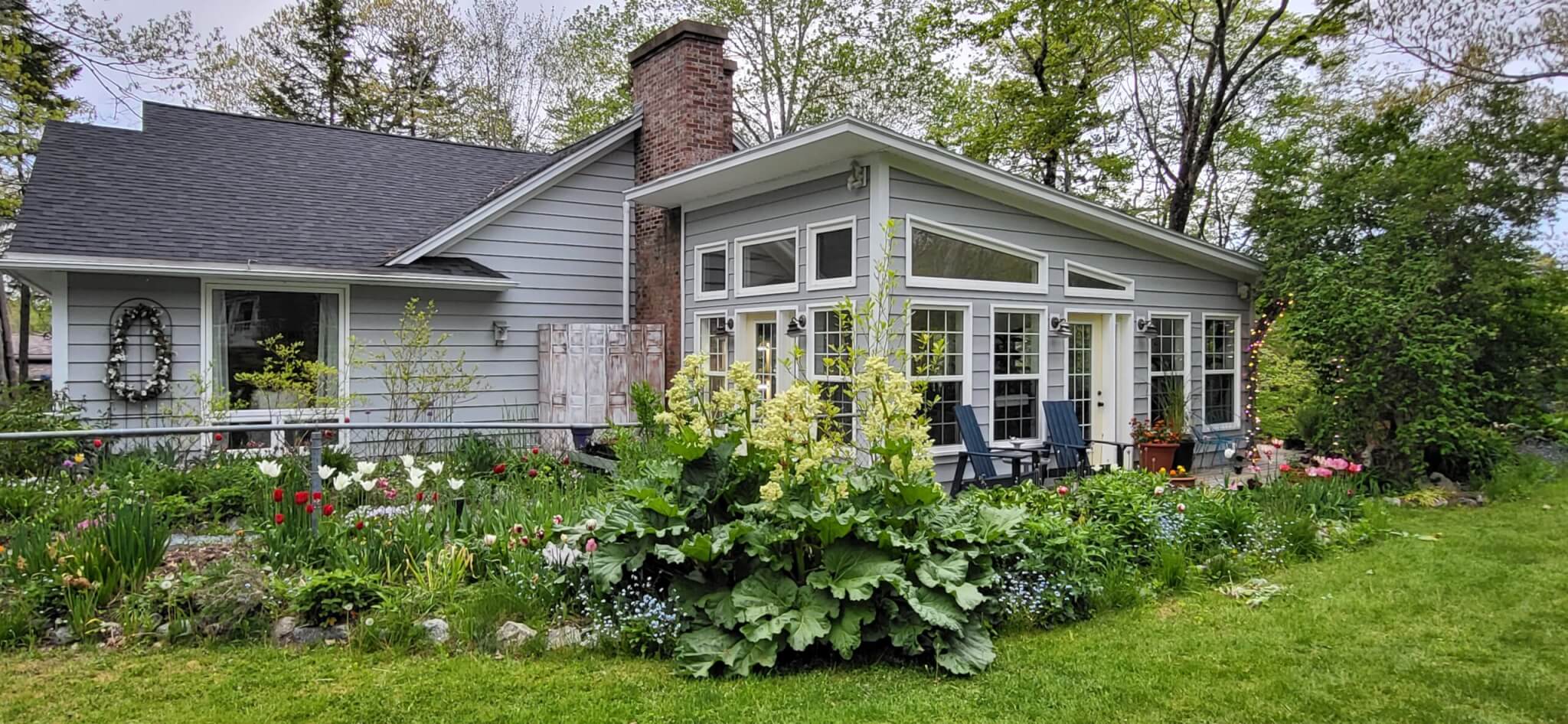
Stephanie Appleby-Jones’ Nova Scotia garden is a natural retreat
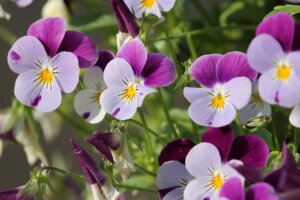
Pansies: more than a pretty face
